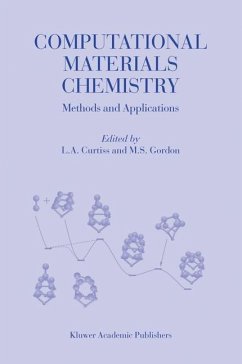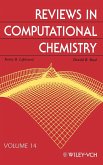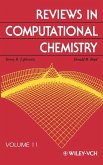As a result of the advancements in algorithms and the huge increase in speed of computers over the past decade, electronic structure calculations have evolved into a valuable tool for characterizing surface species and for elucidating the pathways for their formation and reactivity. It is also now possible to calculate, including electric field effects, STM images for surface structures. To date the calculation of such images has been dominated by density functional methods, primarily because the computational cost of - curate wave-function based calculations using either realistic cluster or slab models would be prohibitive. DFT calculations have proven especially valuable for elucidating chemical processes on silicon and other semiconductor surfaces. However, it is also clear that some of the systems to which DFT methods have been applied have large non-dynamical correlation effects, which may not be properly handled by the current generation of Kohn-Sham-based density functionals. For example, our CASSCF calculations on the Si(001)/acetylene system reveal that at some geometries there is extensive 86 configuration mixing. This, in turn, could signal problems for DFT cal- lations on these systems. Some of these problem systems can be addressed using ONIOM or other "layering" methods, treating the primary region of interest with a CASMP2 or other multireference-based method, and treating the secondary region by a lower level of electronic structure theory or by use of a molecular mechanics method. ACKNOWLEDGEMENTS We wish to thank H. Jónsson, C. Sosa, D. Sorescu, P. Nachtigall, and T. -C.








